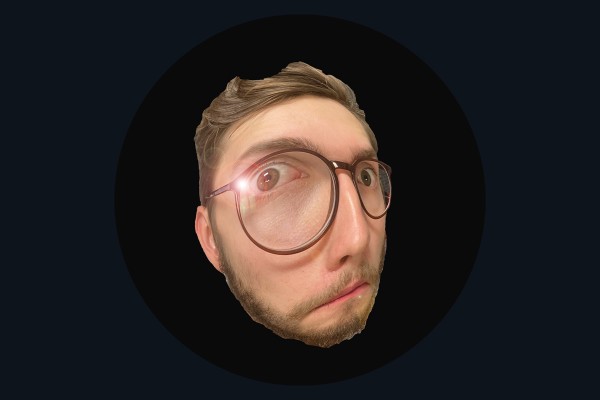The United States has this plane called the Dragon Lady. The U-2, like the band. It’s a spyplane, originally from the Cold War era. There’s a camera on the bottom of this thing, a big glass ball that sticks out. From the stratosphere, it can tell if you’re holding a can of Coke or a can of Pepsi. That’s scary. Modern satellites can do something similar.
Modern satellites have made the world a much better place, without a doubt. They’ve revolutionised science and improved the general quality of life, and I’m glad we have them. But they’re still scary, somehow. There’s nothing natural about a man-made satellite. And that’s okay; just because something isn’t natural doesn’t mean it’s scary. It’s the amount of satellites, and what they’re doing, that’s scary.
Last year, I was camping near Mt. Aspiring with a bunch of people who were on acid. Around 11pm, long after the sun had gone down and my friends had realised that their camping site was in a very cold and very floodable riverbed, we saw something strange. There was a band of bright lights streaking across the sky, in two perfect lines, like an extended Orion’s Belt. For the folks on acid, I think it must’ve been quite alarming. The stars were marching. Weird.
It wasn’t stars, of course, it was satellites. Elon Musk’s satellites, being launched. One of the trippers freaked out, worrying that in the near future, satellites would encompass the earth and block out all the natural starlight. For rich people in the cities, they argued, this didn’t matter - they can’t see the night sky anyway. But for everyone else, for all the birds and bees, these new sojurning stars would be a strange and sudden shift into madness. How are you meant to navigate with the stars if the stars are new, and moving? You can’t. They also argued that this would make astrology difficult, because how are you meant to judge your Zodiac sign with all these intrusions? That’s where they lost me.
Nonsense aside, it was scary for them. There’re plenty of things that Elon Musk has done that are scary, but this satellite launch was the scariest. Their already acid-addled life was suddenly interrupted by the thought that this world is monitored by people on the other side of the planet, people who have never seen a pure Aotearoan sky, and who would not know what they were missing.
That’s scary in its own way. What’s scarier is the column we’ve debuted this week. We realised that anyone can supply us a random photo off of their camera roll, any photo, and if it contains at least one human structure, we can find the exact location within a few hours. Using just Google Maps, Google Earth, and a few other websites, we’ve pinpointed half a dozen photos to within a few metres. That’s scary.
It didn’t matter where these photos were taken. Someone, a regular person, was able to pinpoint these shots like they worked for the CIA. You’ll see this in future issues of the mag. Our world has been documented almost entirely online, and it’s become disturbingly easy to stalk these photos - your photos - down to their origin. Go ahead and send us some, at maps@critic.co.nz.



